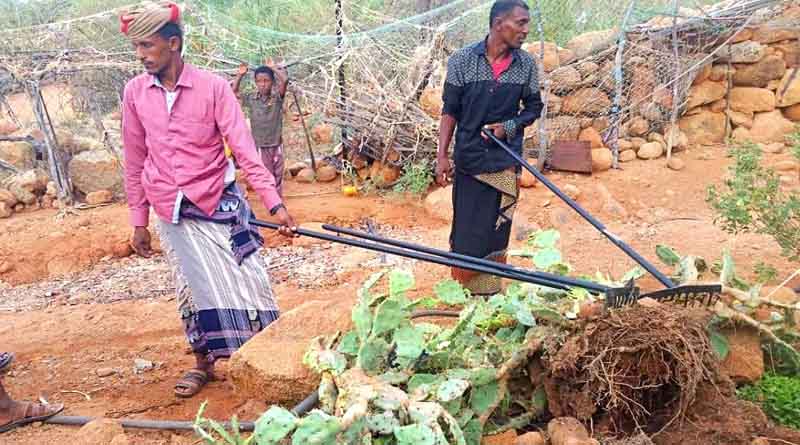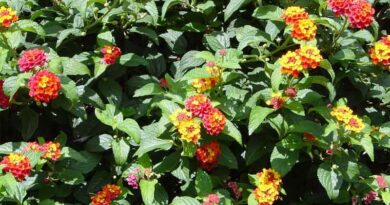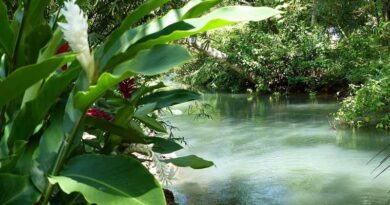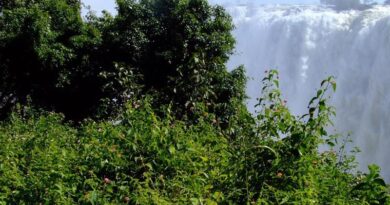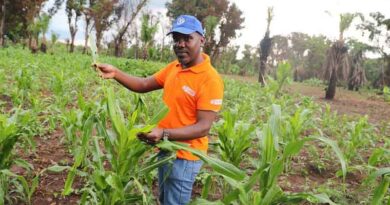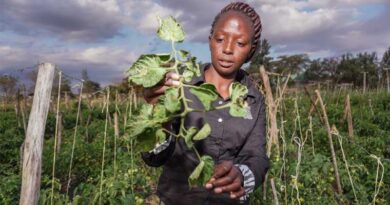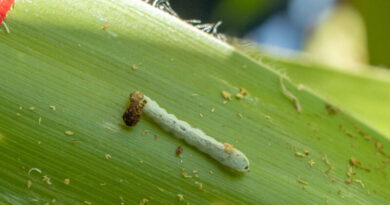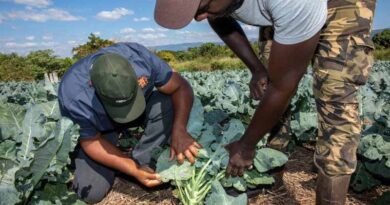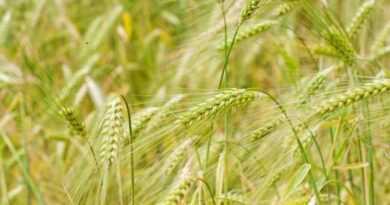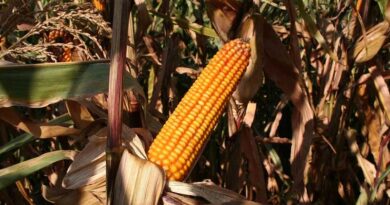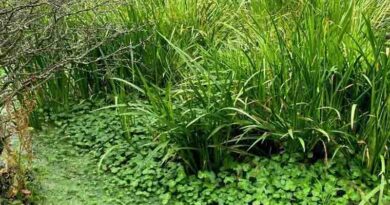CABI Publishes Guide to the Naturalized, Invasive and Potentially Invasive Plants of Natural World Heritage Site
29 April 2024, Africa: CABI has published a ‘Guide to the naturalized, invasive and potentially invasive plants of Socotra, Yemen,’ a place designated in 2008 a UNESCO Natural World Heritage site rich in flora and fauna not found anywhere else in the world.
The guide, written by Dr Arne Witt, CABI’s Invasives Coordinator, South, and co-authored by Ahmed Said Suleiman Abdullah, provides detailed descriptions of 50 invasive alien plant species, including more than 200 colour images, with information on their impacts and management.
This includes the species the authors consider to be the biggest threat to biodiversity – mesquite (prosopis juliflora)and erect prickly pear (Opuntia stricta)– as well as the most widespread and abundant species on Socotra, the medicinal herb billy goat weed (Ageratum conyzoides) and Mexican poppy (Argemone mexicana).
‘Galapagos of the Indian Ocean’
The Socotra Archipelago, in the Northwest Indian Ocean is often referred to as the ‘Galapagos of the Indian Ocean.’ Of the ca. 850 plant taxa known from the archipelago, 37% are endemic, while 90% of its reptile species and 95% of its land snail species do not occur anywhere else on earth.
However, much of this unique diversity is threatened by Invasive Alien Species (IAS). To help raise awareness and build the capacity of people and organizations to manage IAS, CABI developed this field guide after working with the United Nations Environment Programme (UNEP) and the Royal Society for the Conservation of Nature (Jordan).
The guide was funded by the Global Environment Facility (GEF) whose remit includes providing grants and finance for projects related to, amongst others, biodiversity, climate change, land degradation, sustainable forest management and food security.
Threatened by a host of factors
Dr Witt said, “The Socotra Archipelago is ranked among the richest island systems in the world in terms of biodiversity with a rich and distinct flora and fauna. Indeed, Socotra is among the top ten continental islands in the world in respect of botanical diversity alone.
“However, this extraordinary biodiversity is threatened by a host of factors including immigration, uncontrolled infrastructure development, poor governance at local and national level, over-use of the limited available natural resources (both marine and terrestrial) leading to increased land degradation, and plant and animal invasions.”
The authors say that several exotic species have been introduced to the Socotra Archipelago, either intentionally or accidentally, and are now widely established. Their impacts on Socotra are largely unknown but can be inferred from studies undertaken elsewhere. For instance, the black rat and brown rat are widely established and are known to have had dramatic impacts on island fauna and flora – having driven native species to extinction elsewhere.
Dr Witt and Ahmed Said Suleiman Abdullah added that there have been ongoing efforts to eradicate mesquite and erect prickly pear and the populations are low, but the seed bank, especially of mesquite, is a constant threat.
Another species, wild tobacco (Nicotiana glauca), has been eradicated, at least for now, the authors say. Other species, such as wild tamarind (Lysiloma latisiliquum) and Jerusalem thorn, are locally abundant. Then there are a few other species which they believe could become invasive in the future. In the guide, they include various species such as bush morning glory (Ipomoea carnea) and several Datura species.
Improving the lives and livelihoods of thousands of people
Co-author, Ahmed Said Suleiman Abdullah, said, “By managing invasive alien plants more effectively we will not only be contributing to biodiversity conservation, but also to improving the lives and livelihoods of thousands of people who depend directly on natural resources for their survival.”
The Guide, the authors say, will also contribute to Yemen meeting its obligations to various international agreements and treaties, such as the Convention on Biological Control (CBD). By managing IAS more effectively Yemen will also be facilitated in meeting many of the United Nations Sustainable Development Goals.
Taofeg Abdulwahd Al-Sharjabi, Minister of Water and Environment, Yemen, said, “There is no doubt in my mind that this field guide will contribute significantly to our understanding and management of invasive alien plants in the Socotra Archipelago, and even more widely in the region. I thank all of the contributors and donors that made this possible.”
Also Read: Need Better R&D, Higher Acreage to Meet Cotton Demand: Seed Industry
(For Latest Agriculture News & Updates, follow Krishak Jagat on Google News)

